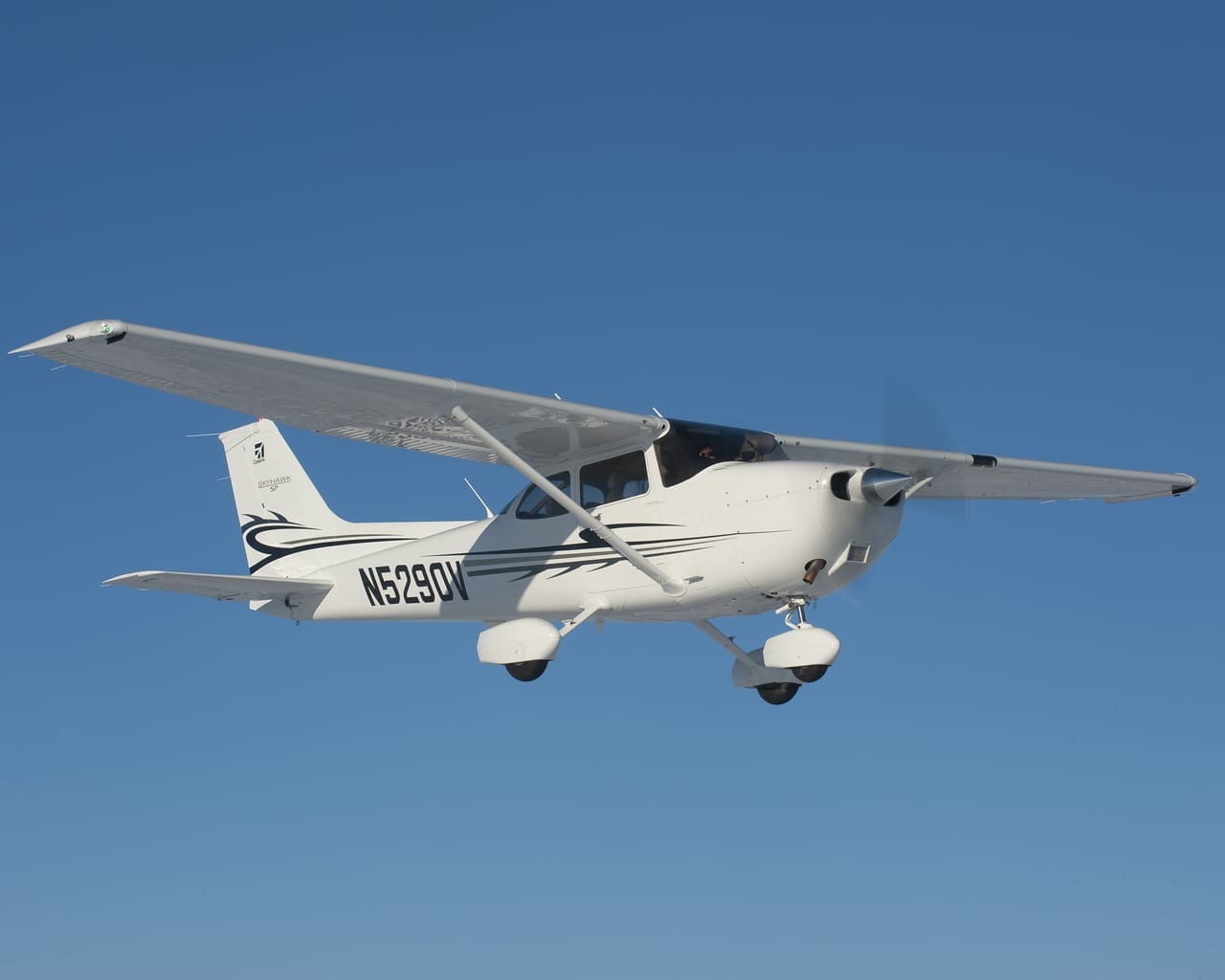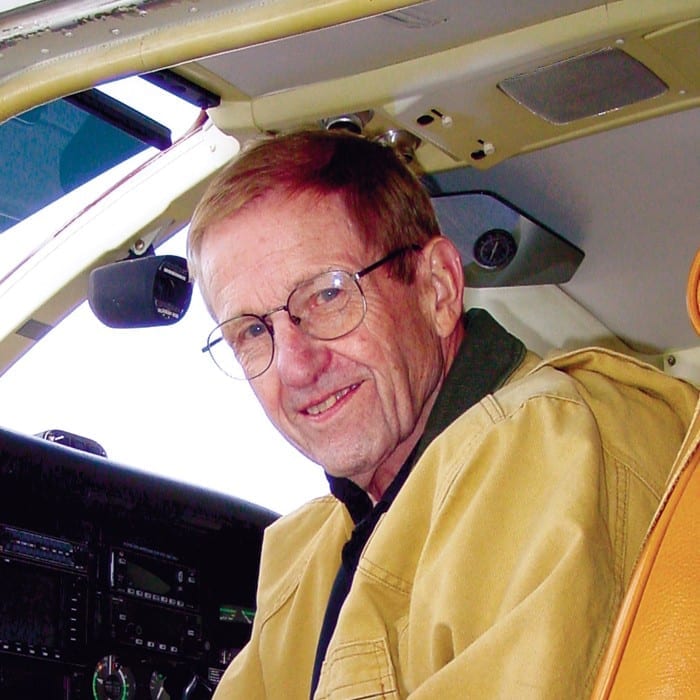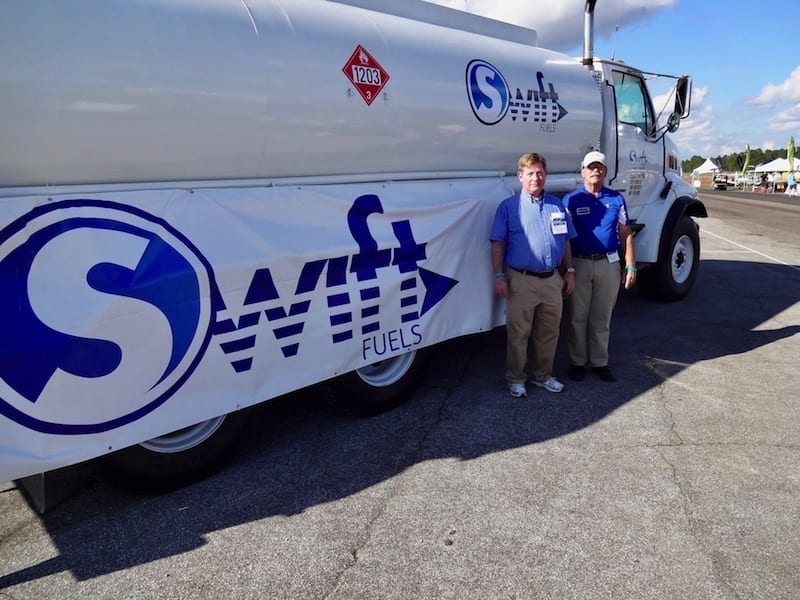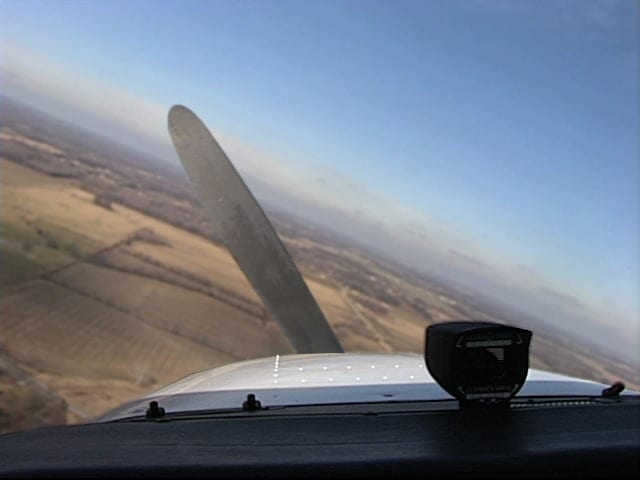
Stop calling it the impossible turn
John's blogPilots love a good debate, and some topics seem to come in and out of fashion like bell bottoms. Right now the wars over lean of peak and angle of attack indicators have cooled (thankfully), but the war over “the impossible turn” seems to be heating up. In the last few months I’ve seen multiple articles, videos, and forum threads on the subject. It’s fun to debate, but what problem are we trying to solve here?

Are pilots rediscovering how to travel by light airplane?
John's blogBy long standing tradition, baseball players never talk to a pitcher in the middle of a perfect game—if everything is going well, why jinx it? The same mindset applies to pilots, who are often hesitant to acknowledge good news for fear of chasing it away. I’m going to violate that unwritten rule because I think it’s worth exploring an interesting development: general aviation is doing surprisingly well during the coronavirus pandemic.

Five airplanes every pilot should fly
John's blogWhile all airplanes have stories to tell, some are more important and more interesting than others. Here are five I believe should be in every pilot’s logbook or on their to-do list. These aren’t necessarily the best or most exciting airplanes ever to take to the skies, but they define specific ages in general aviation and make up the rich history of our industry. Call it the general aviation canon.

What pilots can teach the world about managing risk
John's blogWhen talk around the dinner table turns to Covid-19 these days, I find myself increasingly using the language of risk management, as if I were evaluating a tricky go/no-go decision in an airplane. I’m certainly not suggesting pilots are experts on infectious diseases, but I do believe the lessons learned by the aviation industry over the last 50 years have something to offer as we all think about life in a world of risk.

What will general aviation look like after COVID-19?
John's blogMaking predictions about COVID-19 is a fool’s errand right now, with a year’s worth of news happening in a week. But that doesn’t mean we can’t think in broad outlines about the future of flying. I’m obviously biased because I love light airplanes and the freedom they offer, but I genuinely believe general aviation will come out of this crisis stronger. This isn’t just wishful thinking; there are reasons to be optimistic.

Light Sport Aircraft aren’t selling well, but the LSA rule has still worked
John's blogTime to update an old debate: have Light Sport Aircraft (LSAs) taken off in popularity over the last five years? Are Sport Pilot certificates more common now that the economy is stronger? At the risk of provoking another argument, my review of the data suggests no. The Light Sport world is still alive, but it’s a niche industry with few real winners. But there is a silver lining.

More travel, less tourism – how aviation can take us beyond the guidebook
John's blogI’m not big on New Year’s resolutions, but if I had to commit to one for 2020 it would be to spend more time traveling and less time as a tourist. That might sound like a distinction without a difference, but I believe the change in mindset is profound—especially for a pilot.

The discipline to say no
John's blogThe most famous decision pilots make happens before we even get airborne: to go or not to go? But after a busy summer of flying, I have learned that this is actually one of the easiest decisions in aviation. Saying “no” may be stressful when you’re on the ground, desperate to fly, but it’s much harder once you’re in the air. Call it plan continuation bias or get-there-itis; whatever the name, it is a worthy opponent.

Thunderstorms and ATC – how to get from A to B when direct isn’t an option
John's blogThe good news is technology like datalink weather has made it a lot easier to manage convective weather. With ADS-B on my iPad or SiriusXM on my panel, it’s fairly simple to avoid the worst weather; it just takes patience and discipline to go all the way around it. Since most of my cross country flights are IFR, those long deviations require a lot of coordination with Air Traffic Control.

The unspoken words between fathers and sons in the cockpit
John's blogFlying, something we both love to do, is much more than just a weekend hobby. It’s our version of playing catch in the back yard, a shared experience laden with meaning. Of course we do talk when we fly, but I’ve realized the most important words between father and son are unspoken.

Why I love it, why I hate it: Cessna 210
John's blogEvery airplane model has a personality; some even have a stereotype. So when a friend recently asked what I thought of the Cessna 210 Centurion, I hesitated. I felt qualified to offer an opinion since I flew one for about five years in the early 2000s, but I also felt obligated to go beyond cliches. I have very fond memories of the 210, but it is a love it/hate it type of airplane - its strengths are unique, and its weaknesses are maddening.

What I learned from Richard Collins
John's blogOne year ago, aviation lost a legend. Richard Collins left behind such a huge volume of writing over his 60+ year career that pilots will find rich rewards from re-reading his work. In general, the lessons he reminds me of seem to center around four main ideas: building margins, managing weather, respecting technology, and flying for transportation.

5 good things about general aviation in 2019
John's blogI like to pause every few years and consider what’s going right in aviation. Call me a naive optimist if you like, but I still see a lot to appreciate, from the thousands of airports in the US to the relative openness of our airspace to the strong experimental aircraft movement. These trends are old news; five newer ones caught my attention at the Sun 'n Fun Fly-in last week, and I think they bode well for pilots.

Do we need a basic instrument rating?
John's blogWould more pilots fly IFR if it were easier to get an instrument rating? Would it improve aviation safety if they did? A recent proposal by the European Aviation Safety Agency (EASA) to create a "basic instrument rating" should have pilots asking those exact questions, and not just in Europe.

From now on, I’ll always…
John's blogAirlines spend a lot of time crafting standard operating procedures (SOPs), which describe in exquisite detail how each part of a flight should be conducted. For the average private pilot, such formal SOPs are probably overkill and remove some of the flexibility that makes general aviation so rewarding. Instead, a few simple habits can prevent embarrassment - or worse.

What’s wrong with Robinson R44 pilots?
John's blogRobinson R44 helicopters are death traps, right up there with Mitsubishi MU-2s and Cirrus SR22s - at least that’s according to a lot of articles you read online. But does it tell the whole story? In the spirit of Richard Collins’s very popular “What’s wrong with Cirrus/Mooney/Bonanza pilots” series of articles, I’d like to offer a more nuanced perspective.

A Christmas book list for pilots: 18 top picks
John's blogAs social media and cable TV deteriorate into ill-informed shouting matches, I find myself reading more and more books. And as a book lover, Christmas means making my list and distributing it to family and friends. So in the spirit of the holidays I'll offer my list of great aviation books.

The unleaded fuel disaster – what it means for pilots
John's blogThe transition from leaded avgas to an unleaded future has been decades in the making, and countless articles have discussed everything from the certification process to the chemistry. And yet many pilots don’t know how bad things are right now, as other topics (ADS-B, drones) get most of the attention.

I’ve got connections
John's blogWhat is aviation, in a word? Many writers have tried to answer that question, and the word mentioned most often is freedom. Aviation sets you free, whether it’s freedom from the ground-bound view of the world or freedom from everyday worries. That’s certainly true, but I’d like to offer another nominee, even if it’s not as poetic: connection.

The bad news and good news about engine failures
John's blogYou’ve probably said it to a nervous passenger: “Don’t worry, airplane engines almost never quit.” It's only in World War II movies that engines cough and pilots have to save the day, right? This is mostly true for turbine engines, which have a stunningly good reliability record. Unfortunately, it’s far less true for piston engines.
